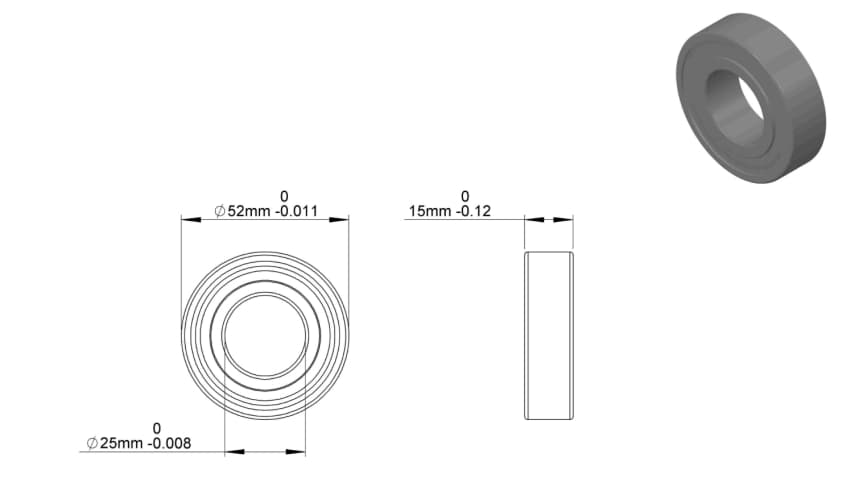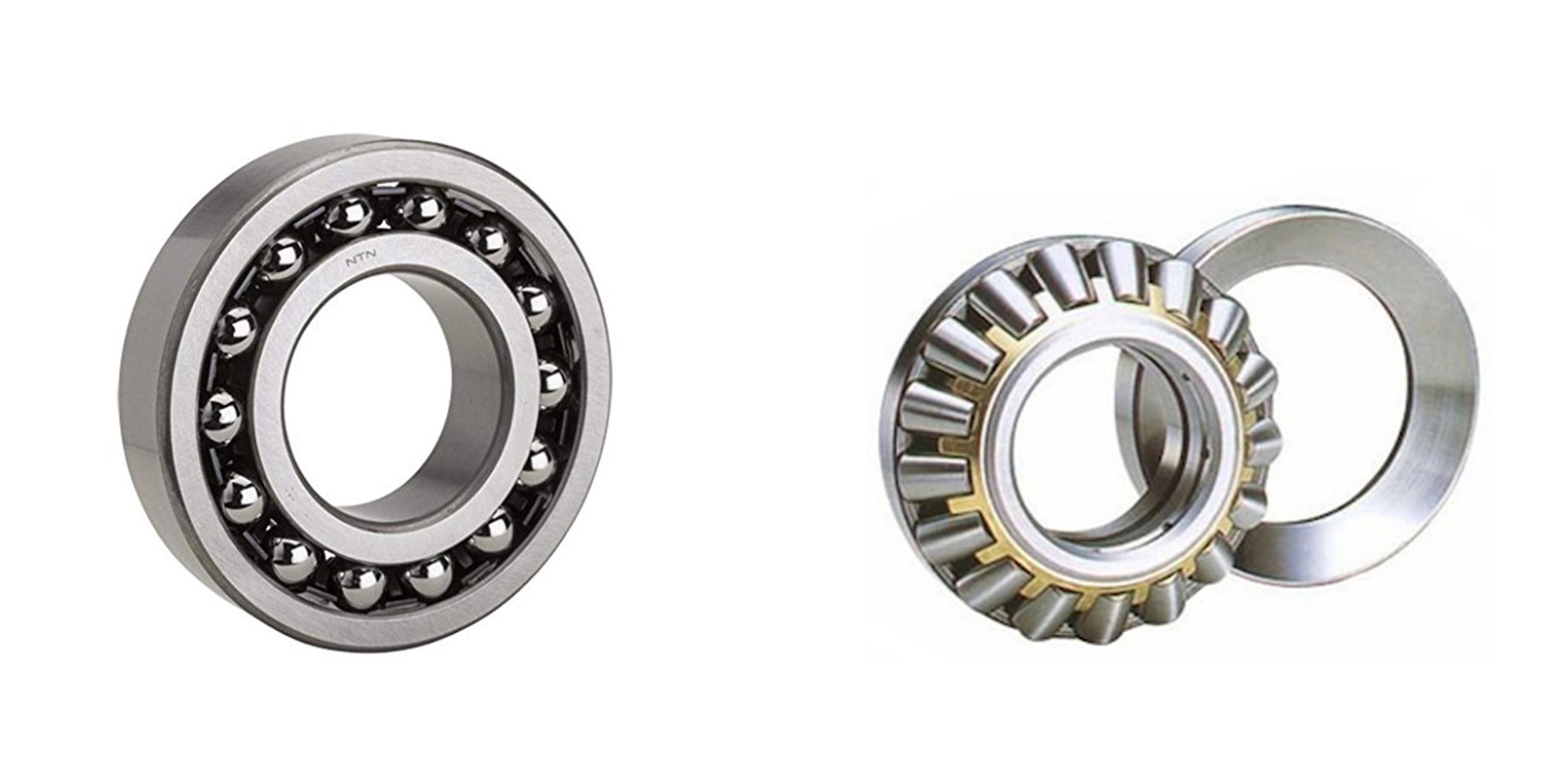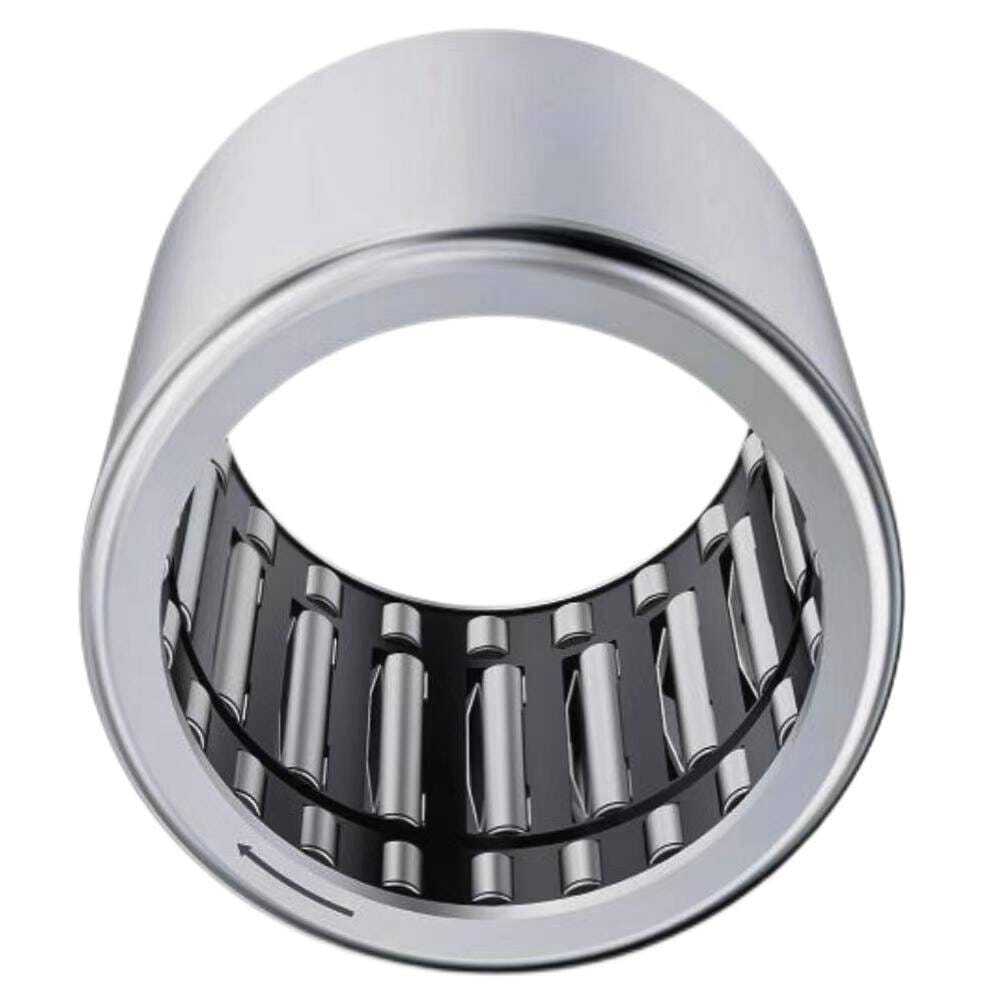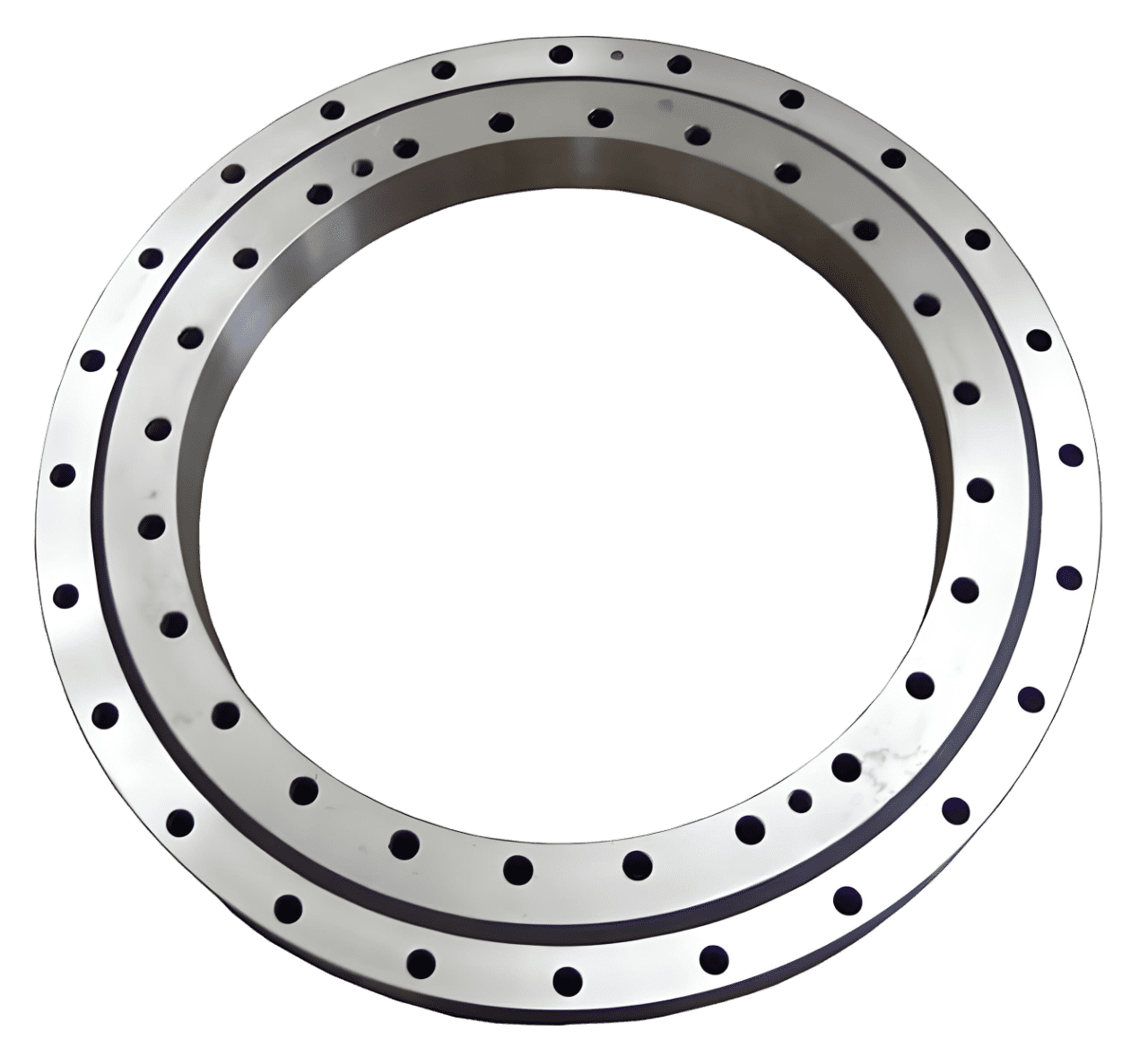Ball Bearings vs. Roller Bearings
Bearings are essential parts of machines and equipment. They reduce friction, making it easier for parts to move smoothly. Two main types of bearings...
4 min read
 William
:
Aug 27, 2025 1:43:38 AM
William
:
Aug 27, 2025 1:43:38 AM

In the world of machinery, ball bearings play a pivotal role. They reduce friction and ensure smooth operation of various mechanical systems.
But did you know there are different types of ball bearings? Specifically, radial ball bearings and thrust ball bearings. Each type has its unique design and application.
In this article, we'll delve into the differences between these two types of bearings. We'll explore their design, how they handle loads, and where they're typically used.
By the end, you'll have a clear understanding of which bearing is suitable for your specific needs.
Ball bearings are a type of rolling-element bearing. They use balls to maintain the separation between the bearing races. This design reduces friction and facilitates smooth operation.
The main components of a ball bearing include the inner and outer ring, cage, and rolling elements. The rolling elements, or balls, are what give the bearing its name.
Here are the key components of a ball bearing:
Different types of ball bearings, such as radial and thrust ball bearings, have variations in these components. This affects their load handling capabilities and applications.
In the following sections, we'll explore these differences in detail.
Radial ball bearings, also known as deep groove ball bearings, are designed primarily to support radial loads. This means they can handle forces applied perpendicular to the axis of rotation.
The design of radial ball bearings includes a deep groove in the inner and outer rings. This allows them to handle a greater load capacity. They can also support a limited axial load, which is a force applied parallel to the axis of rotation.
Common applications for radial ball bearings include electric motors, gearboxes, and conveyors. They are also found in everyday items like skateboards and washing machines.
The ability of radial ball bearings to handle both radial and axial loads makes them versatile. However, their axial load capacity is limited compared to thrust ball bearings, which we will discuss next.
Thrust ball bearings are designed to support axial loads. Unlike radial ball bearings, they are not designed to handle radial loads. This makes them suitable for applications where the primary load is parallel to the axis of rotation.
The design of thrust ball bearings includes an outer ring and two inner rings, with the rolling elements in between. The outer ring, also known as the housing washer, is typically mounted in a housing and does not rotate.
Common applications for thrust ball bearings include automotive clutches and vertical shafts. They are also used in applications where high axial loads are expected, such as in drilling operations.
While thrust ball bearings excel at handling axial loads, they are not suitable for applications that require support for radial loads. This is a key difference between radial and thrust ball bearings.
When comparing radial ball bearings and thrust ball bearings, the primary difference lies in the type of load they are designed to support. Radial ball bearings are designed to support radial loads, but they can also handle a limited axial load. On the other hand, thrust ball bearings are specifically designed to support axial loads.
The contact angle also plays a significant role in differentiating these two types of bearings. In radial ball bearings, the contact angle is usually zero, as the load is perpendicular to the axis of rotation. In contrast, thrust ball bearings have a contact angle of 90 degrees, as the load is parallel to the axis of rotation.
Here are the key differences between radial and thrust ball bearings:
Radial ball bearings support radial loads and can handle a limited axial load.
Thrust ball bearings support axial loads and cannot handle radial loads.
The contact angle in radial ball bearings is typically zero, while in thrust ball bearings, it is 90 degrees.
Understanding these differences is crucial when selecting the right bearing for your specific application.
Ball bearings are typically made from materials like chrome steel, stainless steel, or ceramic. The choice of material depends on the application's specific requirements, such as load capacity, speed, and environmental conditions.
Lubrication plays a vital role in the performance and longevity of ball bearings. It reduces friction, dissipates heat, and protects against corrosion. The type of lubricant—grease or oil—depends on the bearing's operating conditions.
Maintenance is also crucial for the optimal performance of ball bearings. Regular inspection and cleaning can prevent premature failure and extend the bearing's service life.
Whether it's a radial or thrust ball bearing, proper material selection, lubrication, and maintenance are key to ensuring its efficient operation and longevity.
Choosing the right bearing for your application is crucial. It involves considering factors such as load direction, speed, and operating conditions.
Radial ball bearings are typically used when the primary load is perpendicular to the shaft. They are common in electric motors, gearboxes, and conveyors.
Thrust ball bearings, on the other hand, are designed to handle loads parallel to the axis of rotation. They are often found in automotive clutches and vertical shafts.
Understanding the differences between radial and thrust ball bearings can help you make an informed decision and ensure the optimal performance of your machinery.
There are several misconceptions about ball bearings. One common myth is that all ball bearings are the same. In reality, there are many types of bearings, each designed for specific applications and load types.
Another misconception is that bigger bearings can handle more load. While size can influence load capacity, other factors like material and design also play a significant role.
Here are some frequently asked questions about ball bearings:
Understanding these aspects can help you make the right choice for your application.
Choosing between a radial and thrust ball bearing depends on your specific needs. Consider the load type, application, and maintenance requirements.
Remember, the right bearing can enhance machine performance and longevity. So, make an informed decision based on the knowledge you've gained.

Bearings are essential parts of machines and equipment. They reduce friction, making it easier for parts to move smoothly. Two main types of bearings...

Bearings are essential mechanical components used to reduce friction between moving parts. Among the various types of bearings, needle bearings and...

In the intricate realm of aerospace, ball bearings serve a pivotal role, ensuring precision, efficiency, and durability in various mechanical...